Super glue like Loctite 495 is a powerful adhesive that can bond almost anything together. However, if you accidentally get it on your skin, clothes, or other surfaces, it can be a real pain to remove. Fortunately, there are several methods you can use to safely and effectively remove superglue from any surface.
Identify the surface and type of glue
Before attempting to remove superglue from any surface, it's important to identify the type of surface and the type of glue that was used. Different surfaces may require different methods of removal, and some types of glue may be more difficult to remove than others. For example, super glue on fabric may require a different approach than superglue on metal or plastic. Additionally, some types of superglue may be more resistant to removal than others, so it's important to know what you're dealing with before you start trying to remove it.
Use acetone or nail polish remover for non-porous surfaces
Acetone or nail polish remover can be effective for removing superglue from non-porous surfaces such as metal, glass, or plastic. Simply apply a small amount of acetone or nail polish remover to a cotton ball or cloth and gently rub the affected area. Be sure to work in a well-ventilated area and avoid getting the acetone or nail polish remover on your skin or eyes. It's also important to note that acetone can damage some types of surfaces, so test a small, inconspicuous area first before applying it to the entire affected area.
Use warm, soapy water for porous surfaces
When it comes to removing super glue from porous surfaces such as fabric, wood, or leather, using acetone or nail polish remover is not recommended as it can damage the material. Instead, try using warm, soapy water. Soak the affected area in warm, soapy water for several minutes, then gently rub the glue with a soft-bristled brush or cloth. Repeat as necessary until the glue is removed. If the glue is particularly stubborn, you can also try using a mixture of baking soda and water to create a paste and gently rub it onto the affected area
Use a scraper or sandpaper for stubborn glue
If warm, soapy water and gentle rubbing don't do the trick, it's time to bring out the heavy-duty tools. For non-porous surfaces like metal or plastic, a scraper or sandpaper can be used to remove the super glue. Be careful not to scratch the surface, and use a light touch to avoid damaging the material. You can also try using a commercial adhesive remover, but be sure to read the instructions carefully and test it on a small, inconspicuous area first. With a little patience and persistence, even the most stubborn superglue can be removed from any surface.
Prevent future accidents by using gloves and being cautious
The best way to avoid having to remove superglue from surfaces is to prevent accidents from happening in the first place. When using super glue, always wear gloves to protect your skin and avoid getting the glue on your hands. Be cautious when applying the glue and use only small amounts to avoid spills and drips. If possible, work in a well-ventilated area to avoid inhaling fumes. By taking these precautions, you can save yourself the hassle of having to remove superglue from surfaces later on.

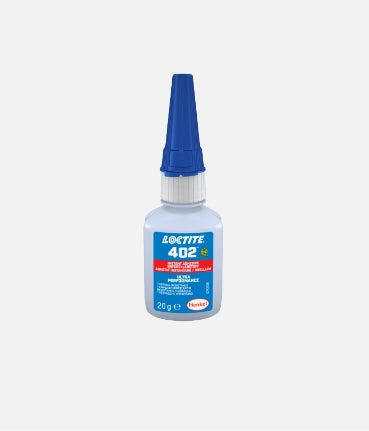
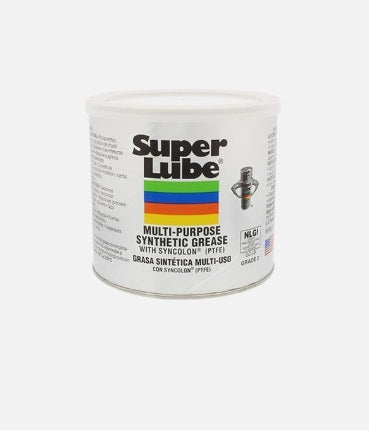
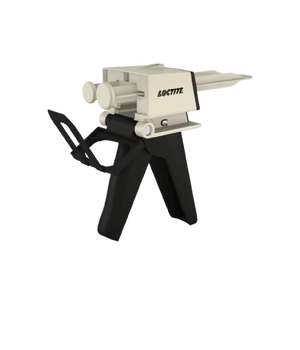

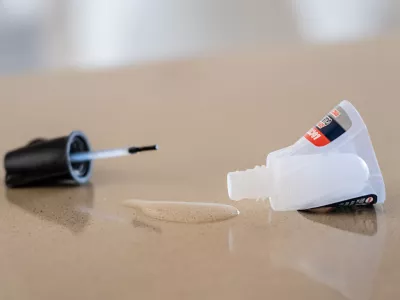
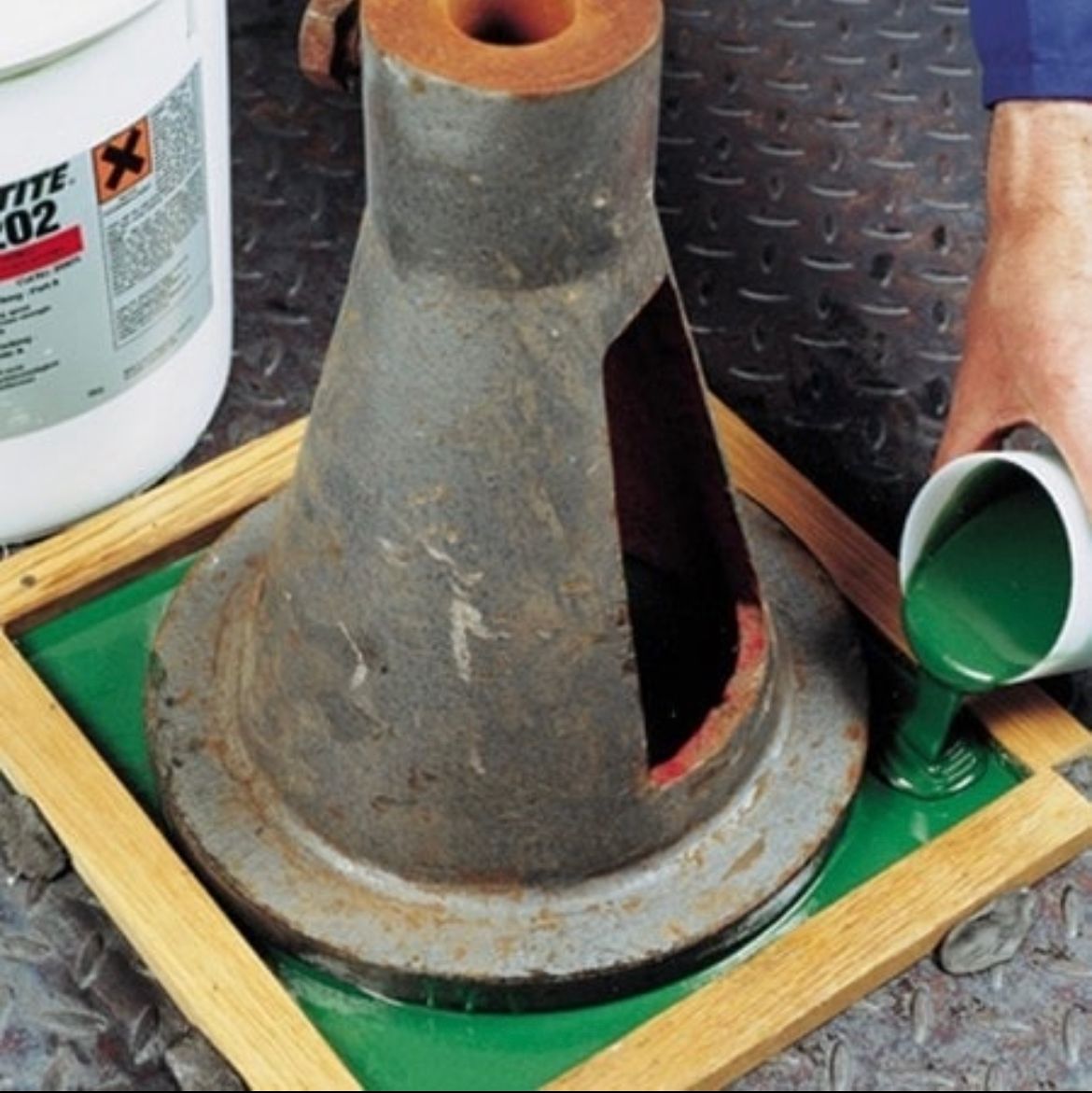
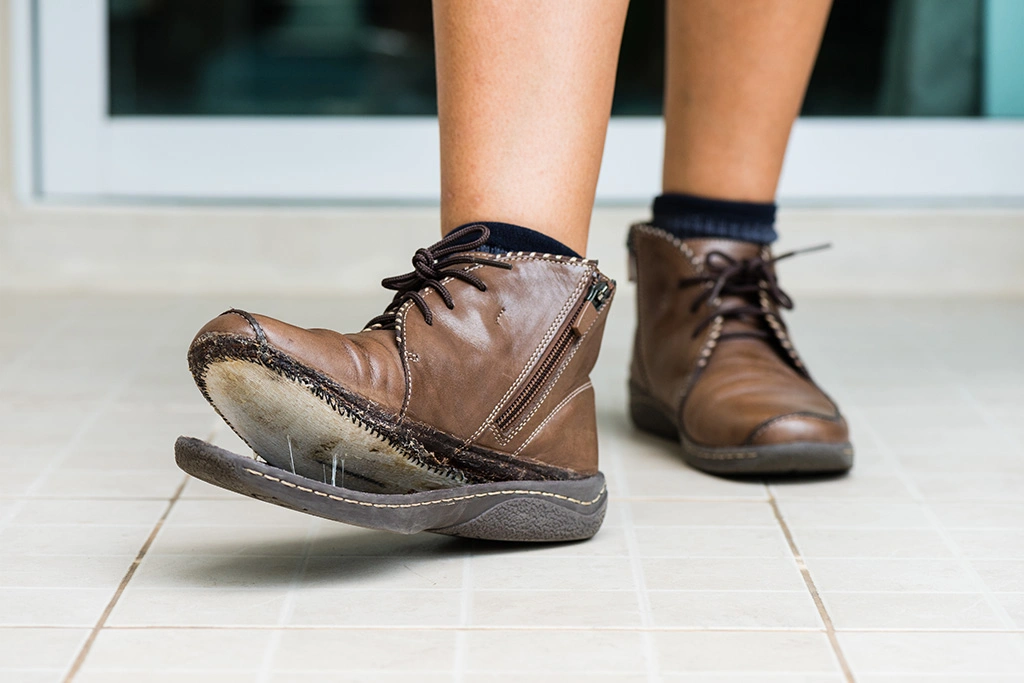
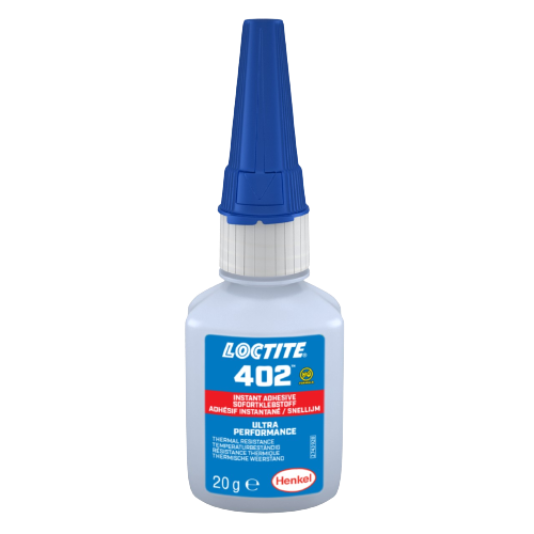
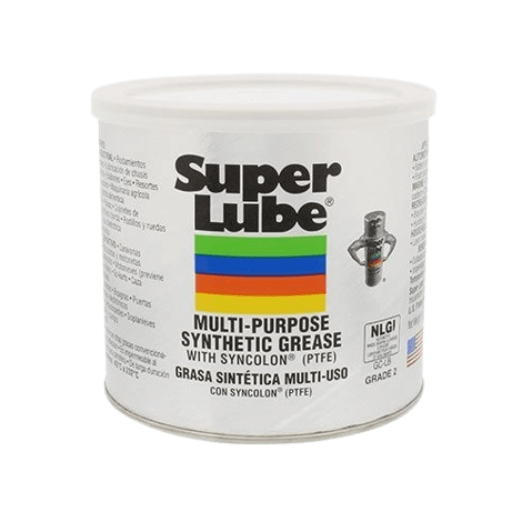
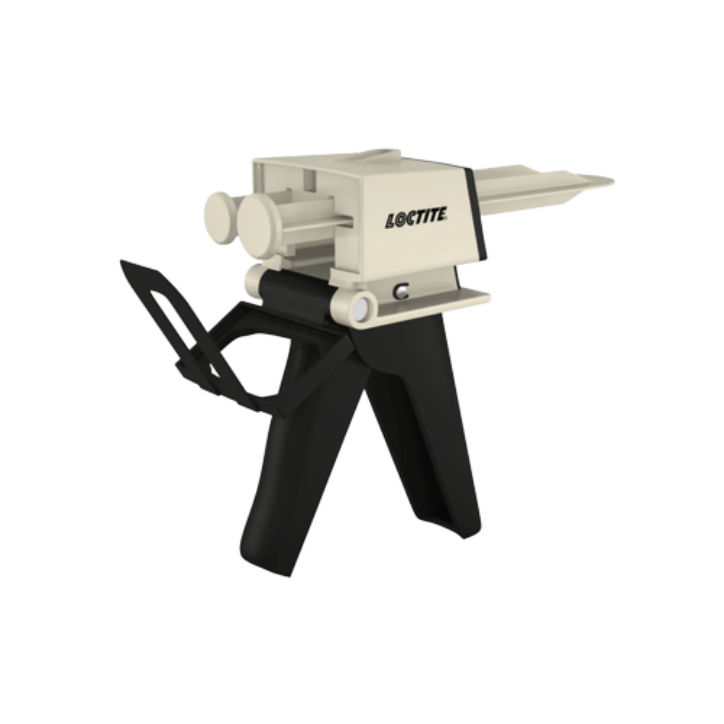
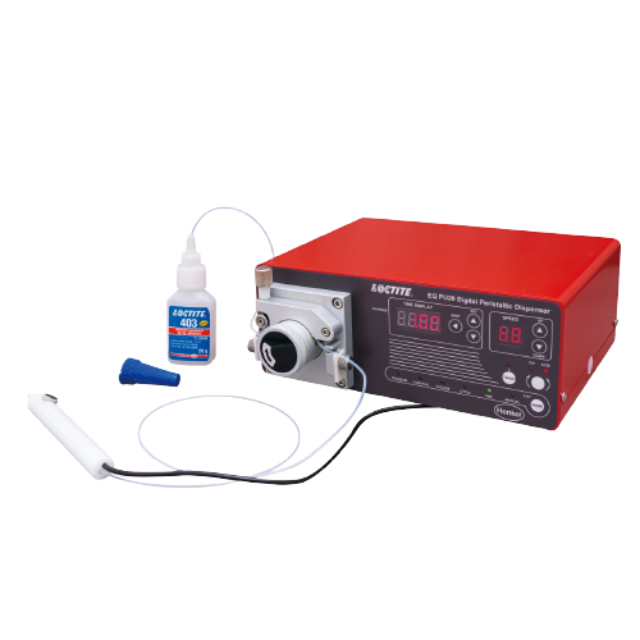
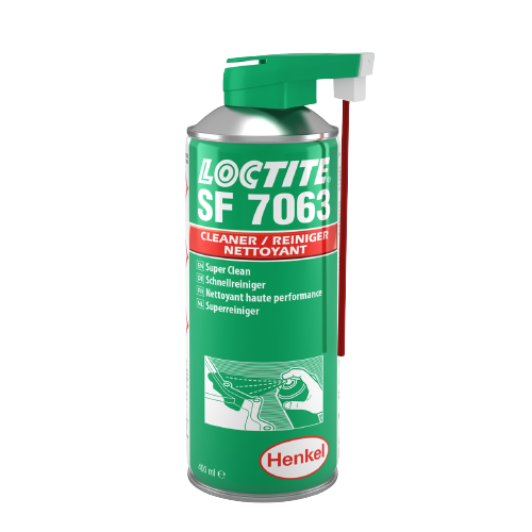
Leave a comment
All comments are moderated before being published.
This site is protected by reCAPTCHA and the Google Privacy Policy and Terms of Service apply.